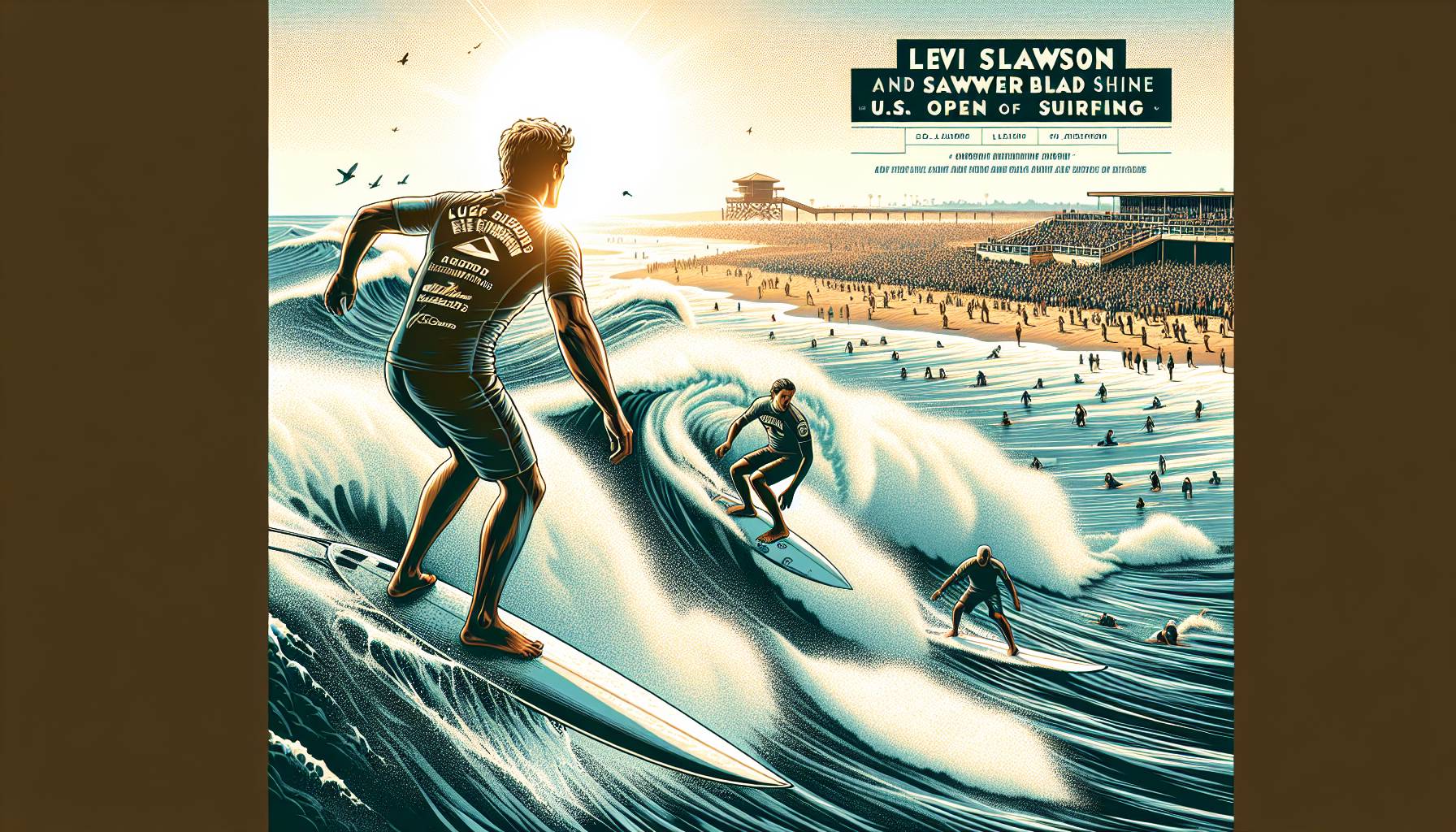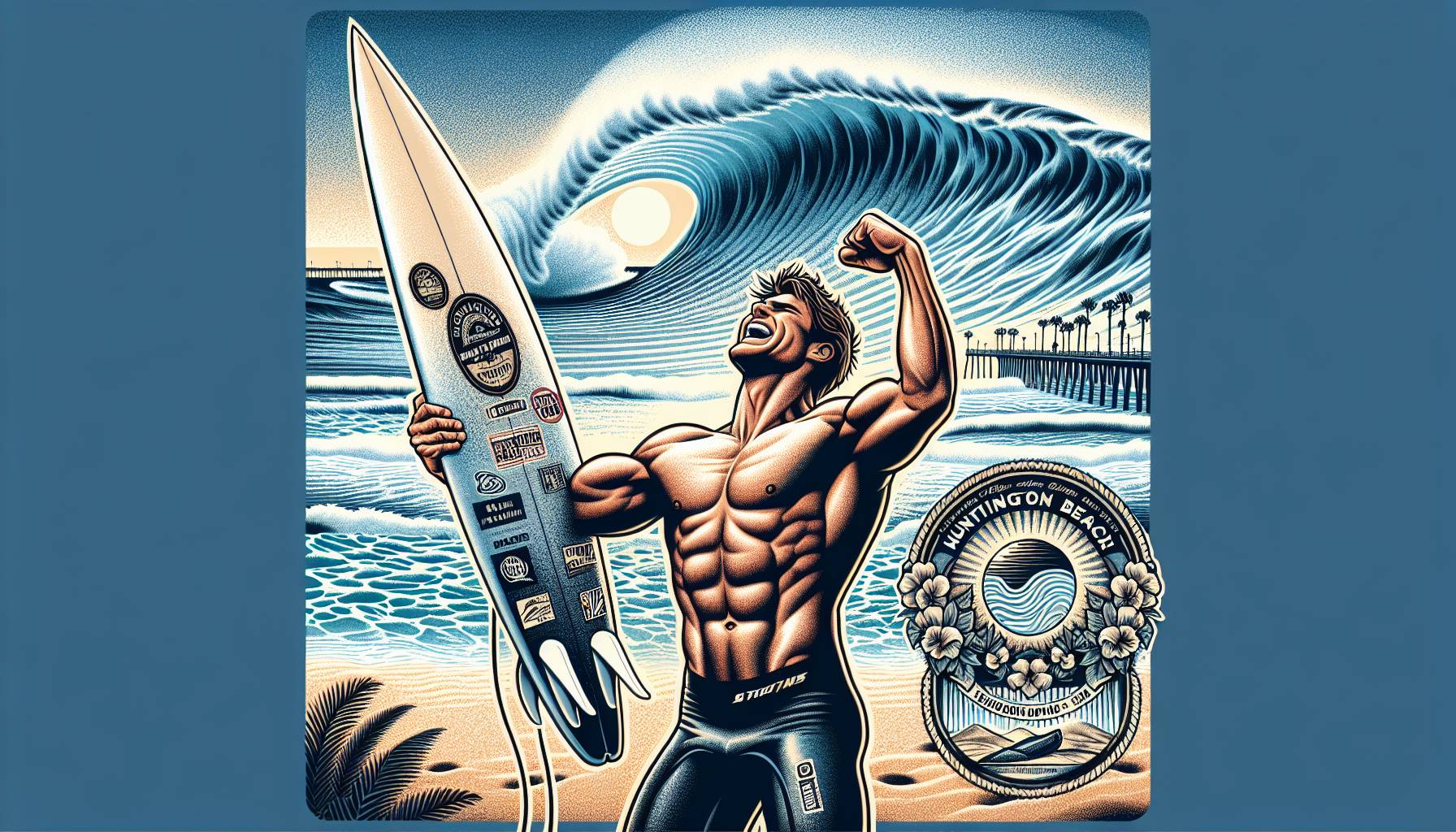
duration on the board
In the world of dog surfing competitions, one of the primary judging criteria is the duration that the canine competitors can stay on their surfboards. This aspect of the competition is crucial as it demonstrates not only the dog’s comfort and confidence on the board but also their ability to handle the dynamic and often unpredictable nature of the ocean. The longer a dog can remain on the board, the more impressive their performance is considered.
Judges pay close attention to how well the dog maintains its position on the board as it rides the waves. This requires a combination of skill, training, and natural aptitude. Dogs that can stay on the board for extended periods are often seen as having a strong connection with their human handlers, who guide them into the waves and provide the necessary support to keep them steady.
In addition to the sheer length of time spent on the board, judges also consider the conditions of the surf. A dog that can maintain its position during challenging wave conditions is often awarded higher marks. This aspect of the competition highlights the dog’s resilience and adaptability, key traits for any successful surfer, whether human or canine.
balance and stability
Balance and stability are critical components in dog surfing competitions, as they showcase a dog’s ability to navigate the ever-changing surface of the water. A dog’s stability on the board is a testament to its core strength and agility, allowing it to adjust its posture and weight distribution in response to the movement of the waves. This skill is not only impressive but essential for maintaining a safe and controlled ride.
Judges closely observe how well a dog can maintain its balance when confronted with the unpredictable nature of the ocean. This involves assessing the dog’s posture, how it shifts its weight, and its ability to remain centered on the board. A dog that can effortlessly adjust to the board’s tilts and turns demonstrates a high level of proficiency and training.
Moreover, the dog’s ability to remain stable is often influenced by its breed and physical attributes. Some breeds, with their low center of gravity and strong build, may naturally excel in maintaining balance, while others might rely more on their training and experience. Regardless of the breed, a dog’s stability on the board is a clear indicator of its surfing prowess and is highly valued by judges and spectators alike.
In addition to physical attributes, the bond between the dog and its handler plays a significant role in achieving balance. Handlers often provide verbal cues and body language to help their canine companions adjust to the waves, highlighting the teamwork involved in this unique sport. This partnership is crucial, as it allows the dog to anticipate changes in the water and react accordingly, ensuring a smooth and stable ride.
tricks and maneuvers
In the realm of dog surfing, tricks and maneuvers add an exciting dimension to the competition, showcasing not only the dog’s skill but also its flair and creativity on the waves. These performances go beyond simply staying on the board; they involve executing specific actions that captivate both judges and spectators.
One of the most popular maneuvers is the ability to turn around on the board while surfing. This requires a high degree of agility and coordination, as the dog must shift its weight and adjust its stance without losing balance. Successfully completing a turn demonstrates the dog’s mastery over its movements and its ability to respond to the dynamic environment of the ocean.
Other impressive tricks might include walking to the front or back of the board, a move that tests the dog’s balance and confidence. Some dogs even perform playful antics, such as wagging their tails or barking in rhythm with the waves, adding a touch of personality to their performance. These elements not only entertain the audience but also reflect the dog’s comfort and enjoyment of the sport.
Judges evaluate these tricks based on their complexity, execution, and the dog’s overall control during the maneuver. A well-executed trick can significantly boost a dog’s score, highlighting its training and the strong bond with its handler. This connection is crucial, as handlers often use subtle cues to guide their dogs through these intricate moves, ensuring a seamless and impressive display.
Ultimately, tricks and maneuvers are a celebration of the dog’s athleticism and the unique partnership between the dog and its handler. They bring an element of showmanship to the competition, making each performance a memorable spectacle for everyone involved.
judging criteria for canine surfing
When it comes to canine surfing, the judges aren’t just looking for a dog that can hang ten. They’re after the whole package. First up, it’s all about how long the pooch can stay on the board. We’re talking about serious staying power here, not just a quick dip in the drink. If your furry mate can ride the wave longer than a Bondi lifeguard on a hot summer’s day, you’re off to a good start.
Next, balance is key. It’s not just about staying on the board; it’s about looking good while doing it. Think of it as the doggy version of a yoga class on water. If your four-legged friend can keep their cool and not wobble like a jelly on a bumpy road, they’re in with a shot.
And let’s not forget the tricks. Oh, the tricks! Whether it’s a cheeky turn or a daring spin, these moves can make all the difference. If your dog can pull off a 180-degree turn while riding a wave, you might just have a champion on your hands. So, grab your board, your dog, and maybe a few treats, and hit the waves. Who knows, your pup might just become the next big thing in the surfing world!
tricks and techniques in dog surfing
When it comes to tricks and techniques in dog surfing, it’s all about flair and finesse. Picture this: your pooch catching a wave, paws planted firmly, and then, with a cheeky glint in their eye, they pull off a smooth 360-degree spin. It’s the kind of move that would make even the most seasoned surfers at Bells Beach nod in approval.
But it’s not just about the spins and turns. Some dogs have mastered the art of riding tandem with their human counterparts, showcasing a bond that’s as strong as a rip current. It’s a sight to behold when a dog and their owner carve through the surf in perfect harmony, like a well-oiled machine—or perhaps more like a well-oiled sardine, given the setting.
Then there are the daring dogs who take it up a notch with a little tail wagging action mid-wave. It’s as if they’re saying, “Look, Mum, no paws!” These pups have a knack for making the impossible look easy, and their antics are sure to bring a smile to any beachgoer’s face.
So, if you’re keen to get your canine companion into the surf, remember it’s all about practice, patience, and a good sense of humour. After all, there’s nothing quite like watching your dog become the king or queen of the waves, even if they do end up with a bit of sand in their fur. Just be sure to pack plenty of treats and maybe a towel or two—because when it comes to dog surfing, things can get a little wet and wild!

